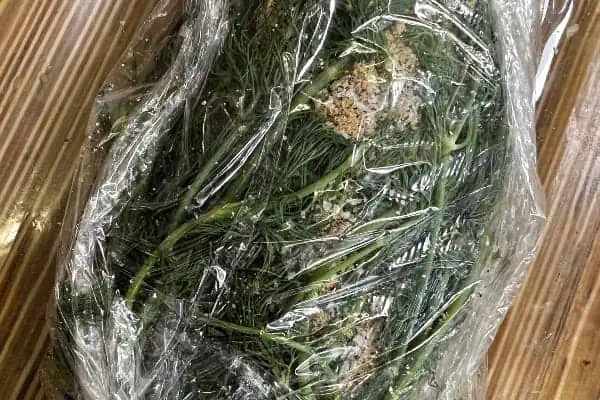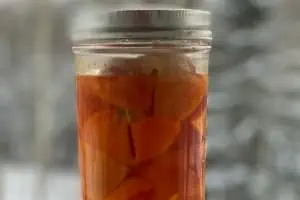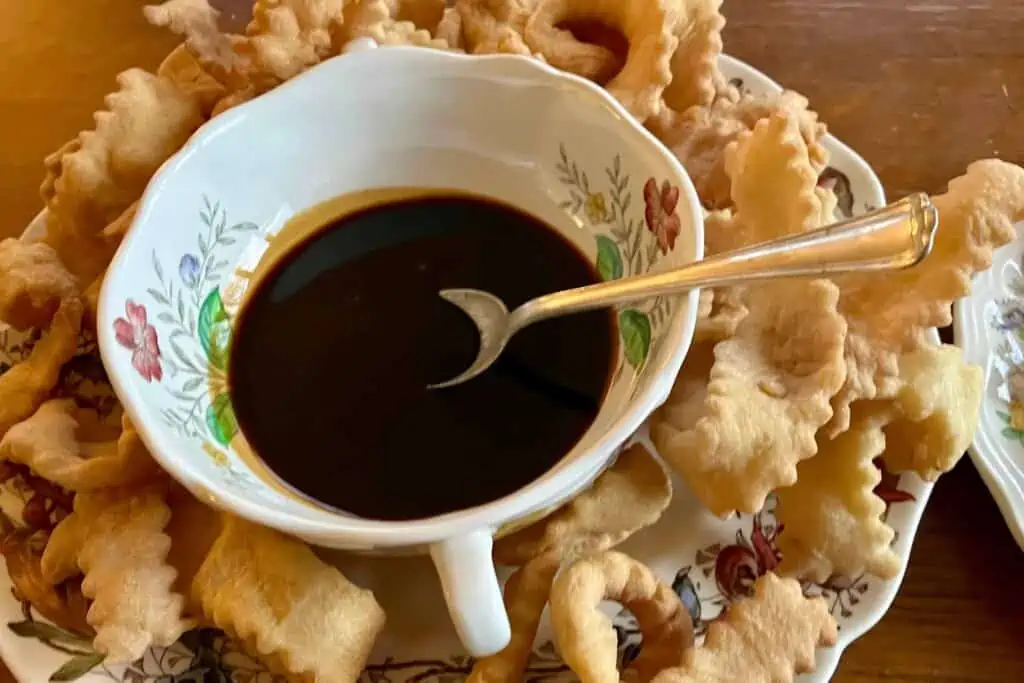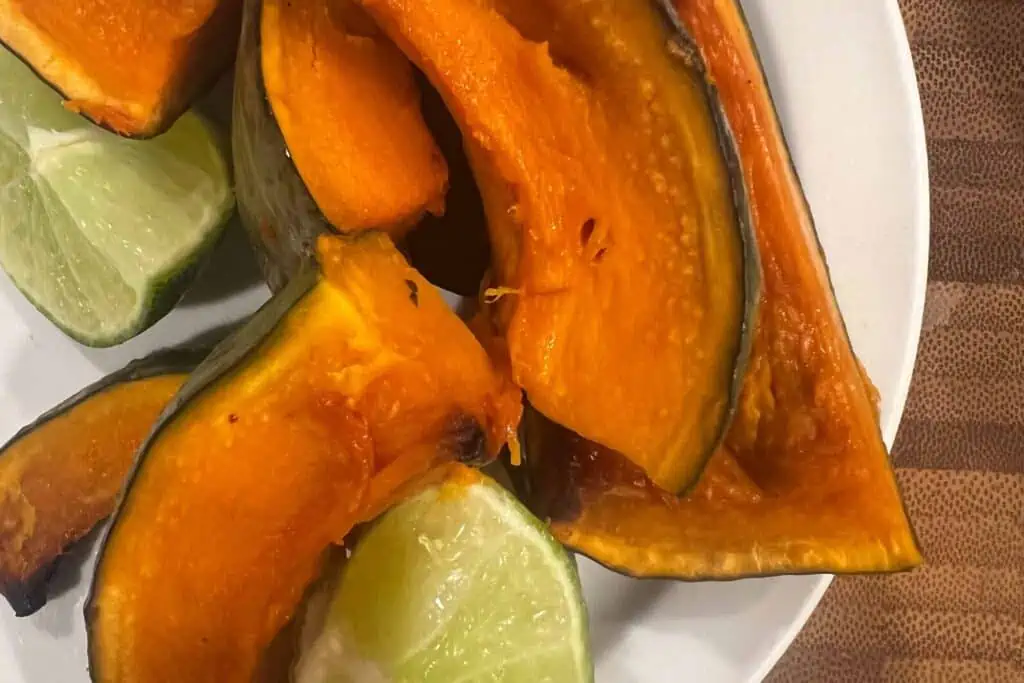Seasonal eaters, whether they are gardeners, foragers, or locavores reading the labels at the
grocery store, know that the lean time of year isn’t during the dead of winter.
Then, storerooms are still stocked with plump sacks of potatoes resting contentedly beneath jars of pickled beets that glow like rubies in the dusty shine of the single bare light bulb. Then, it’s still hard to get below the top layer in the freezer, and rearrange it so the lid closes tightly on bags of kale and moose wrapped in butcher paper. But as we move toward spring, things start to run out.
One after another I discover that I am enjoying the bittersweet delight of the last of something — the final jar of bok choi kraut-chi; the last crunchy carrot; the one remaining chunk of bacon. I try to use them to their full potential, to avoid the mindless consumption of nutrients that every time-consuming meal is in danger of becoming. And at the same time, I re-discover the tricks of livening-up non-seasonal foods — the dry goods that are always in reserve, which so often act merely as background to the harvested features. Sometimes by accident.
I set a jar of buckwheat to soak last week with the intention of sprouting it. As per usual, I drained and rinsed it once the groats had swollen. Each day thereafter I rinsed the grain and waited for the little white roots to appear. And waited. And waited. Eventually, I decided something must be amiss.
On any given day there might be half a dozen jars in the warmth above the woodstove, containing things in various stages of soaking, souring, or growing. There is no calendar, no schedule. I set things when it occurs to me, and most often remember to use them before they go from fresh-to-fuzzy, or sour-tocorrosive.
I finally decided that this buckwheat was not going to sprout. I smelled it and remembered the dosa. Every winter I enjoy these delightful, versatile fermented pancakes — and then I forget about them.
The concept is to pair a grain with a legume (eg: chickpea and brown rice), soak and allow to ferment, then grind into a thin batter and make delicate crisp crepes.
The choice of ingredients will take you from Africa to India and everywhere in between, from the soft bubbly injera of Eritrean and Ethiopian cuisine to the crackling papadum of India and Pakistan. I like to keep a batch of batter going like yogurt, taking out half to spice and cook and topping up the other half for more bubbly action the following day. It just hangs out on the counter and keeps on going, like a sourdough that never goes back to sleep.
Sometimes I add curry spices or herbs and homemade seasoning salt, sometimes cardamom and cinnamon. I can’t think of a better vehicle for the last batch of pesto or even the final jar of raspberry jam.
A tasting board of fermented ‘pancakes’
In Ethiopia, teff flour is used to make injera, spongy crepes cooked only on one side. Similar “pancakes” are made from millet in West Africa (funkaso) and from sorghum in Sudan (kissra). In Sri Lanka and South India fermented rice and coconut are used to make hoppers or appam. Throughout the Indian subcontinent legumes like lentils and chickpeas are fermented with or without rice and used to make paper-thin crepes (dosa) or thick steamed cakes (idli, dhokla, khaman). Accarajé hail from Brazil, deep-fried fritters of fermented black-eyed peas (originally from Africa). The same batter can be steamed to make Nigerian abará.




